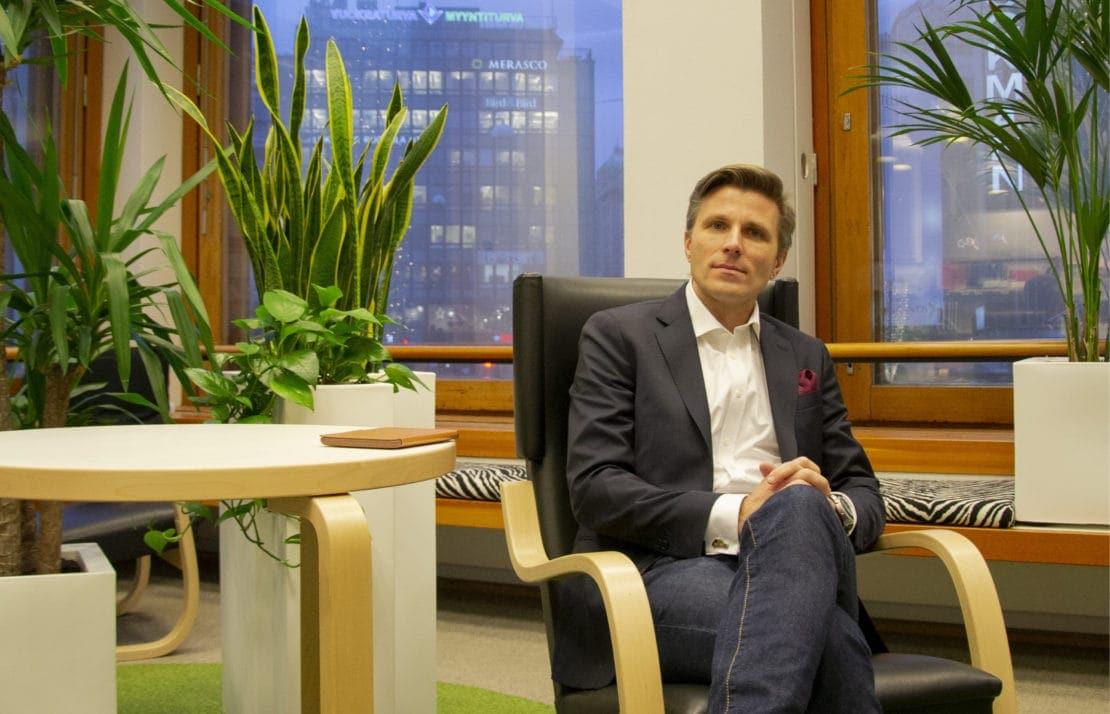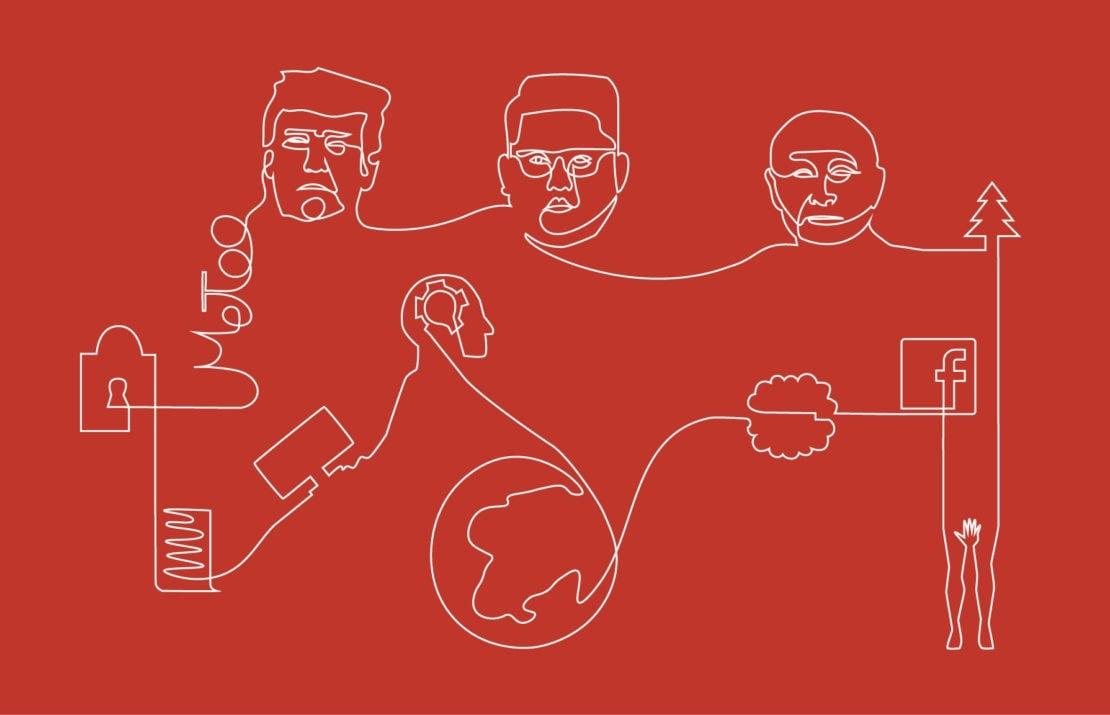31Jan2019
Carl Linnaeus, the father of taxonomy, gave modern human beings the name Homo sapiens in Latin, meaning ”wise man.” The obvious reason for the name was our superior cognitive skills in relation to other members of the animal kingdom. Nomen est omen?
In economics, it is often assumed that we act rationally. A completely rational ”Homo economicus” might not correspond to any actual person we have met, but on the other hand, random aberrations do not necessarily diminish the validity of a hypothesis… if they indeed are random.
As I encountered the research of Daniel Kahnemann and Amos Tversky, I understood that our rationality is clouded by many cognitive biases. Kahnemann’s book ”Thinking, Fast and Slow” – as I remember it now – finally revolutionised my understanding of human rationality.
The key message of Kahnemann’s book is that we have two decision-making systems. System 1 is fast and simple, and works almost by itself. System 2 is slow and complicated, and calls for efforts by us. We prefer to use System 1, since we are born lazy (or energy-saving). ”This sounds like some kind of joke,” my System 1 immediately concluded when I first read about the two systems. Fortunately, my System 2 booted up before I abandoned reading the book.
Kahnemann skilfully builds the arguments in his book on both research data and anecdotal evidence. One step at a time, the reader arrives at the same conclusion as he does: we actually have two almost entirely separate decision-making systems, the results of which may differ from each other or be completely different. System 1 is perfectly suited for many everyday tasks. For instance, reading a person’s feelings based on his facial expressions or catching a ball in the air are effectively achieved by means of it. To perform the same tasks by means of System 2 would be overly arduous (they call for solving complex mathematic problems). So, in which situations do we need System 2?
System 2 is slow and consumes a lot of energy, but it is also extremely flexible. We can use it to solve very diverse problems, from a newspaper crossword to strength calculations for a bridge under construction. Whereas System 1 jumps to an answer by relying on familiar patterns, System 2 proceeds steadily towards the solution, even if the problem is previously completely unknown. When System 1 faces a new question, it can easily jump to the wrong conclusion, because it answers an old, i.e. the wrong question.
In everyday life, Kahnemann’s book has taught me to monitor my own decision-making. I try to remember to stop and ask myself whether I should deploy System 2. For example, situations where the counterparty tries to appeal to my emotions, and decisions must be made in a hurry, are among the ones where you should always use System 2.
Therefore, it pays to sleep on it – you can become wiser at the same time.
Anders Ekholm, Ph.D., Docent
Chief Investment Officer
University of Helsinki


